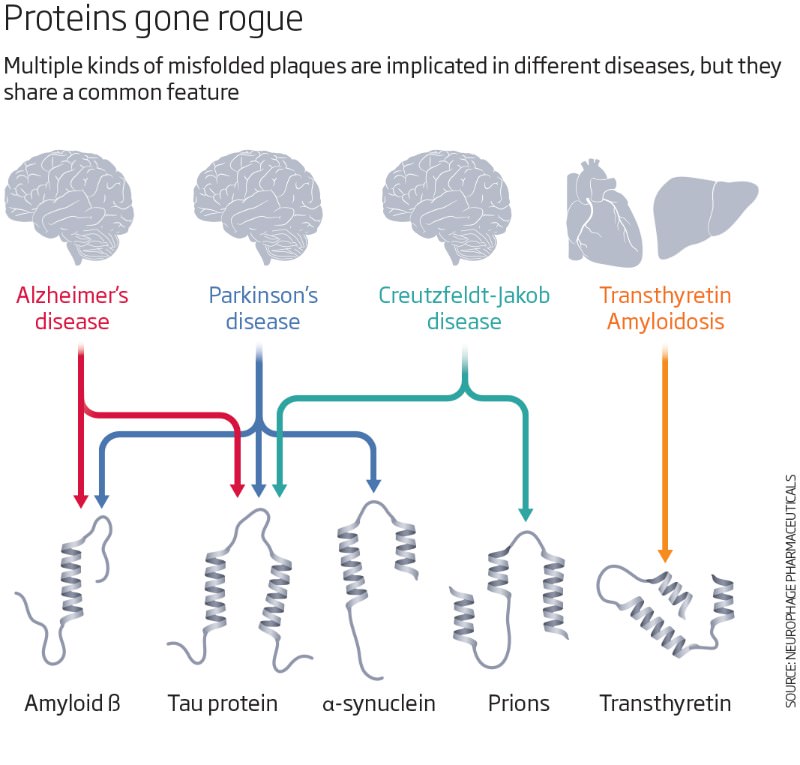True Detective, Season 2 turned out to be a bit of a disappointment and I wanted to understand why. Reading TV critics and blogs didn't give me much insight beyond the typical "oh, the story was not good" or "oh, the director was not good" or "oh, the pace of the action was too slow", etc. Therefore, I decided to put my inventor hat on and compare the two Seasons as Systems. I applied to both TV series the same system analysis techniques I always use in my invention workshops.
I started the analysis by laying out each story as a system of perspectives. That is, each layer of narration in the series represents a Source of information for the viewers (Scalable Innovation, Section 1). Each Source covers the reality of events on the ground. Paradoxically, it turned out that despite Season 2 has more main characters than Season 1, it also has fewer unique Sources of representation.
In Season 1 we had four key perspectives (2 "real" and 2 "virtual"):
1.
Detective Rust Cohle (Matthew McConaughey);
2.
Detective Marty Hart (Woody Harrelson);
3. The Official Investigation - a narrative presented by the official police investigation;
4. The Narrator - a director narrative presented by the chronology of events described in an "objective" manner by the video camera and background characters.
The nature of perspectives was also different. All of them were extremely smart but with different flavors. Rust Cohle could be characterized as "weird smart". Marty Hart - "down-to-earth smart". The Investigation - "bureaucracy smart". The Narrator - "visual and story smart". Furthermore, we had variations of each perspective shifted in time and space. In addition to the mystery of the crime, we, as viewers, had to reconcile and process the mysteries of all these Sources that gave us complimentary and conflicting information. The structure of the system provided us with a intricate, intriguing pattern.
Importantly, the system of different perspectives felt natural due to the fact that detectives Cohle and Hart managed to solve their case _because_ they had different perspectives. They also had conflicts _because_ they had different perspectives. Since they broke multiple official rules — and The Narrator shows us how and why — the official investigation perspective provided us with an explanation why a standard bureaucratic police approach to detective work would not solve the mystery. As a result, we had a system of contrasting and explaining Sources that formed a complex but consistent, natural whole.
Finally, the perspectives were not just narrated from a character's point of view. They were SHOWN from that point of view. In short, Season 1 did an excellent job executing the rule "Show, don't tell".
Season 2 had more main characters, but fewer perspectives. Essentially, there was just one perspective - the Narrator, who guided us and the camera through the story. Basically, we had one Source which kept switching microphones and cameras for every character to tell his or her line.
Although the story itself was, arguably, more complicated and somewhat more mysterious, the system of perspectives was no different than in a regular criminal TV piece. As a system, Season 1 turned out to be flat.
Overall, the actors in both Seasons played great, stories were interesting, suspension was adequate for a crime drama, and camera work excellent, especially, the LA aerial shots in Season 2. Unfortunately for Season 2, the script didn't provide a system structure that could support a real thriller of the Season 1 caliber.
tags: system, source, control, entertainment, method









































